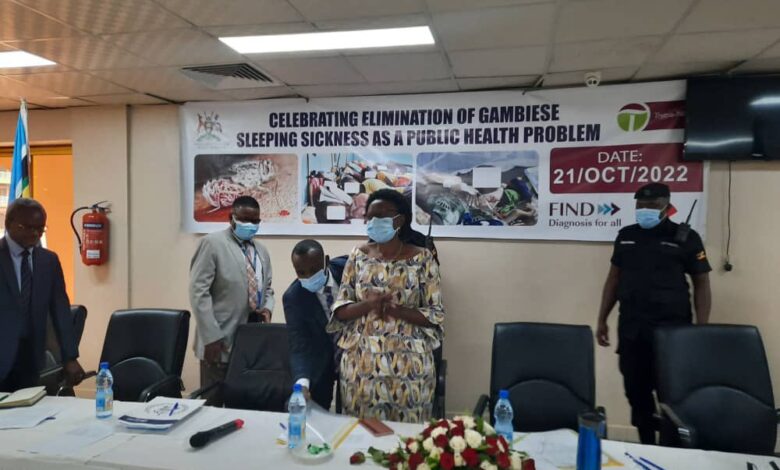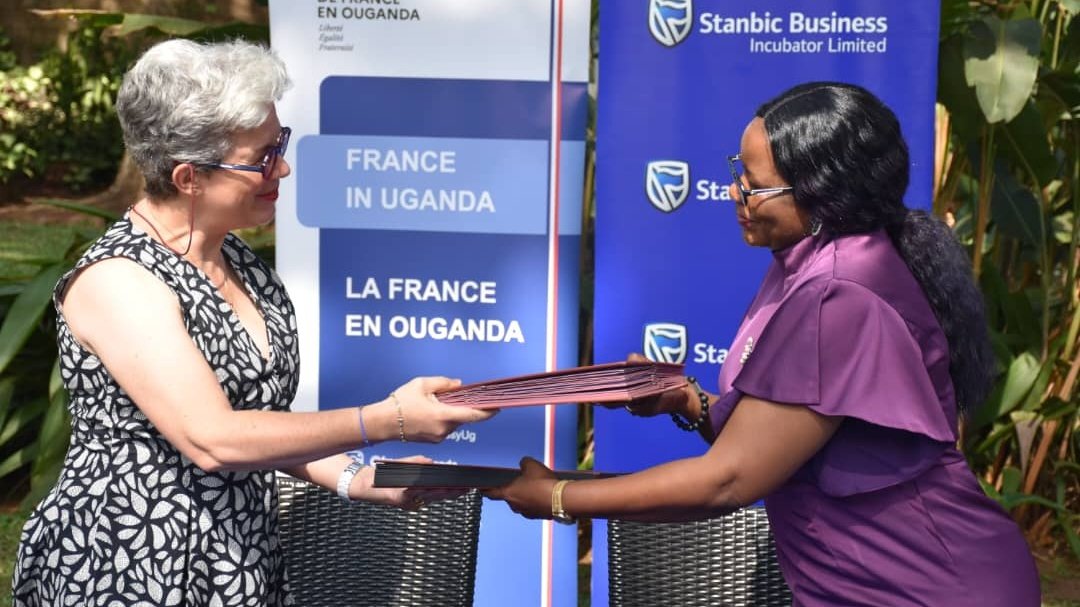Uganda celebrates eliminating Gambiense Sleeping Sickness
Bayo Fatunmbi, the Acting World Health Organization Representative to Uganda, noted that an oral drug known as anti-trypanosomiasis is now available to take care of the disease.

The Minister of Health, Dr Jane Ruth Aceng, has reported to the country that it is now two years ever since Uganda reported a case of Gambiense Sleeping Sickness.
She said the disease which was a big burden in the West Nile region, putting over two million people at risk, was successfully eliminated and declared free in Uganda on 24th April this year.
The elimination of the disease, the Minister said, was attained through intense surveillance, Tsetse Fly control and individual case management.
She made the revelation while officiating at the celebrations of eliminating Gambiense Sleeping Sickness as a health problem at Hotel Africana on Friday.
She noted that before the declaration of elimination of the disease, the Ministry of Health maintained reactive screening in areas infected and introduced vector control spraying.
The Minster revealed that from 2013 to 2022, only 32 cases were recorded. We have realized a tremendous and sustained reduction of Sleeping Sickness cases, she stated.
“Following the World Health Organization 2018 criteria to assess sleeping sickness elimination, the national program embarked on the process of preparing a dozier, documenting evidence to the elimination of sleeping sickness as a public health problem,” she said.
Analyzing the background of the disease, the Minister stated that sleeping sickness is a neglected tropical disease, transmitted by a tsetse fly and it’s endemic in the majority districts of West Nile region districts of Arua, Madiokolo, Yumbe and Amuru, among others.
Unfortunately, the Minister said, rhodesiense is still active in the Kyoga region, especially Lira district. She promised immediate interventions to fight the disease affecting people living in remote rural areas.
The Director General of Health Services at the health ministry, Henry Mwebesa, said the Gambiense Sleeping Sickness disease remerges during epidemics. And because of this, it required them to carry out interventions such as case detection and treating confirmed cases.
“For many years, the Ministry of Health has, together with its partners, implemented these interventions initially aimed at controlling the disease at a manageable level, but eventually, to eliminate it as a public health problem,” he said.
Bayo Fatunmbi, the Acting World Health Organization Representative to Uganda, noted that an oral drug known as anti-trypanosomiasis is now available to take care of the disease.
He said more research efforts are needed to improve the health sector. He said that this can be done in collaboration with stakeholders.
Gambiense Sleeping Sickness is transmitted to humans by tsetse fly bites. The disease presents with early symptoms such as fever, headaches, joint pains, itching, extreme fatigue and swollen lymph nodes.







